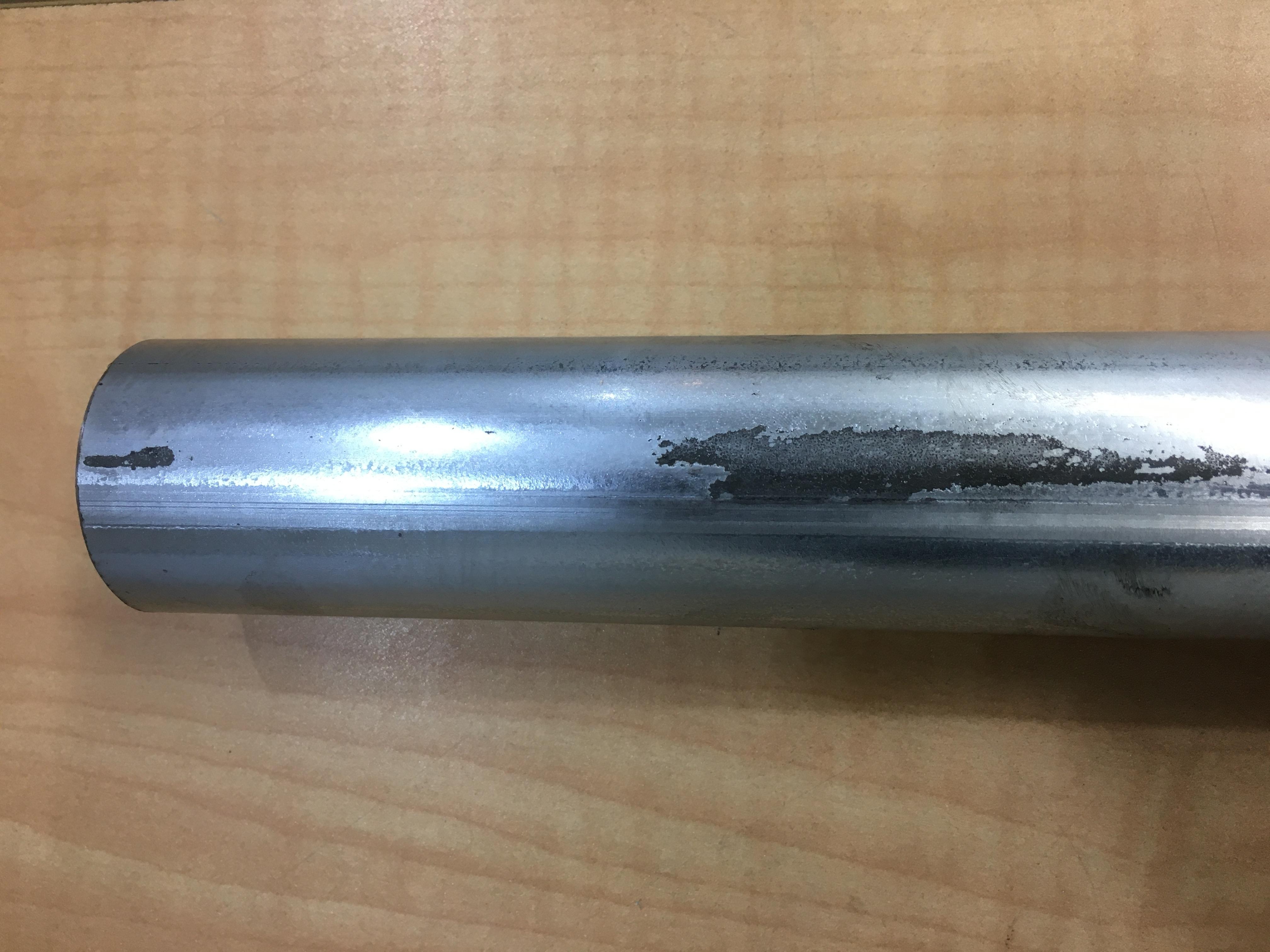Surface Preparation
Surface preparation is a sub-process in the galvanizing process, during which the surface of the steel is being cleaned from oil, dirt and oxides in order to guarantee a metallurgically bonded galvanization on the whole surface.
A faulty or insufficient surface preparation can lead to galvanizing defects, such as black spots, bare spots, uncoated surfaces and similar visible surface defects. Most surface defects that happen in galvanizing can be traced back to a problem occurring during surface preparation.
Since all ungalvanized surface areas are weak to corrosion, products with such defects are potentially dangerous to use in most applications and should be avoided.
The surface preparation sub-process in galvanizing usually consists of 4 to 6 stages: degreasing, washing, acid pickling, rinsing, pre-heating and flux application.
In the batch hot-dip galvanizing process, all of these stages that require any liquid are separate baths in which the base material will be submerged.
For continuous galvanizing processes, such as ILG or pre-galvanized steel sheet, these baths will be "passed-through" by the material in seconds to split-seconds.

